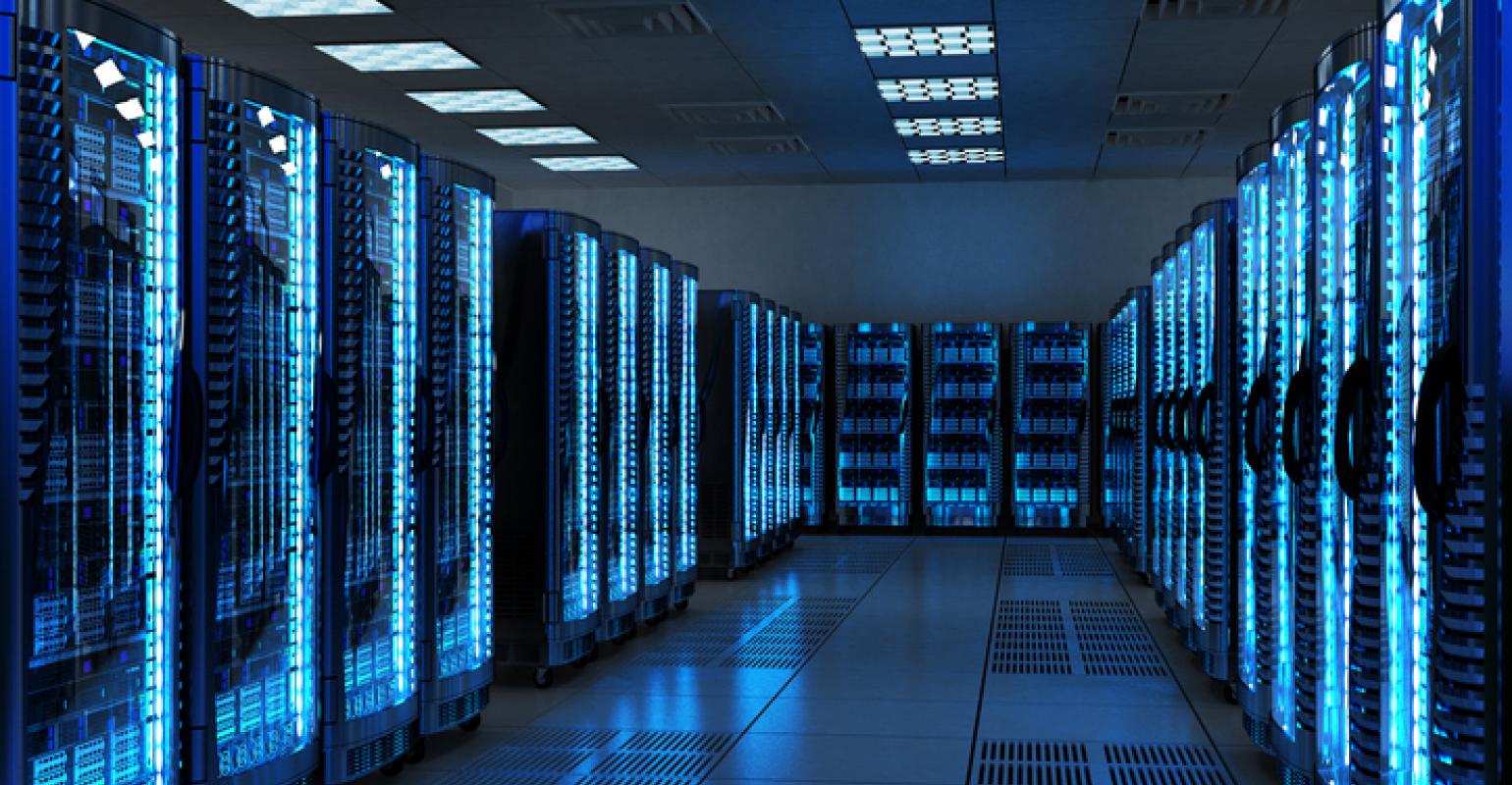What is a data center?
How many of you have wondered about a data center? Have you ever got a clear picture of what is a data center? This article will give you an exact idea about the complete building architecture of a data center.
A data center is a facility that houses an organization’s IT operations and equipment’s in the most effective and secure manner. Technically speaking, it is composed of a number of elements such as routers, switches, security devices, storage systems, servers and more. These are the components that IT needs to store and manage the most critical systems that are vital to the continuous operations of a company. Because of this, the reliability, efficiency, security and constant evolution of a data center are typically a top priority.
They have existed in one form or another since the advent of computers. The main pillars of a data center facility can be classified as Space, Power, Cooling, and Connectivity. The operation of a data center will be related to or depend on these four constraints. Each of these constraints are larger than you think and more details will be discussed in the coming articles.
An overview of data centers building can be as below,

This picture is as simple as possible to show the building structure that a data center consists of. However please note that some of these facilities will differ based on the standard/certifications that each data center follows.
Typically a data center building will have all building facilities as per the local law with the addition of below areas,
| Building Area | Function |
| Computer room/server room | House computer racks and communications equipment |
| Control room/Network Operations Control(NOC) | All control and monitoring functions are concentrated |
| General office area | Works space for Computer/Electrical and Mechanical engineers |
| Entrance facility/meet-me room/point of demarcation | Where external communications cabling enter the building |
| Fire gas suppression storage room | Space depends on the type of gas used |
| Electrical switch room | Electrical power cables enter the building and form a demarcation point |
| UPS in the battery room | Recommend: For loads of 100 kVA and above to have a separate UPS room |
| Generator room | Houses standby diesel generators |
| Fuel oil storage | Houses diesel fuel for generators |
| Storage and build area/staging or provisioning room | To store and unpack, prepare and build equipment |
| Delivery and loading area | The adjacent area to allow heavy equipment to be shipped into the building |
| Planning and meeting room | To hold meetings |
| Internal staff facilities | Male/female/disabled toilets and showers |
| Electrical substation | Due to power needs, a separate substation may be required |
| Air conditioning condensers | A secure area is required depending on the air conditioning requirements |
| External staff facilities | Parking spaces |
Also, I would like to make your attention to the definition of a data center as below based on certain standards like TIA(Telecommunications Industry Association) and EU(European Union).
TIA 942 states that a DC is “A building or portion of a building whose primary function is to house a computer room and its support areas”
EU Code of Conduct states that “All buildings, facilities and rooms which contain enterprise servers, server communication equipment, cooling equipment power equipment, and provide some form of data service”
Data Centre Functional Requirements
Have you ever thought of a requirement for having a data center? What is the function of a data center? Answers are as simple as below,
- To locate servers, storage and networking devices safely and securely
- To provide the power needed to maintain these devices
- To provide a temperature-controlled environment within set parameters needed to run these devices
- To provide connectivity to other devices both inside and outside of the data center
- To provide other services that may be required to support these devices.
I hope things are clear to you. Would you like to know what are the types of data centers that we use? Look at this article to get more ideas about this.
Have a comment or points to review? Knowledge is power and it improves by sharing and commenting.

